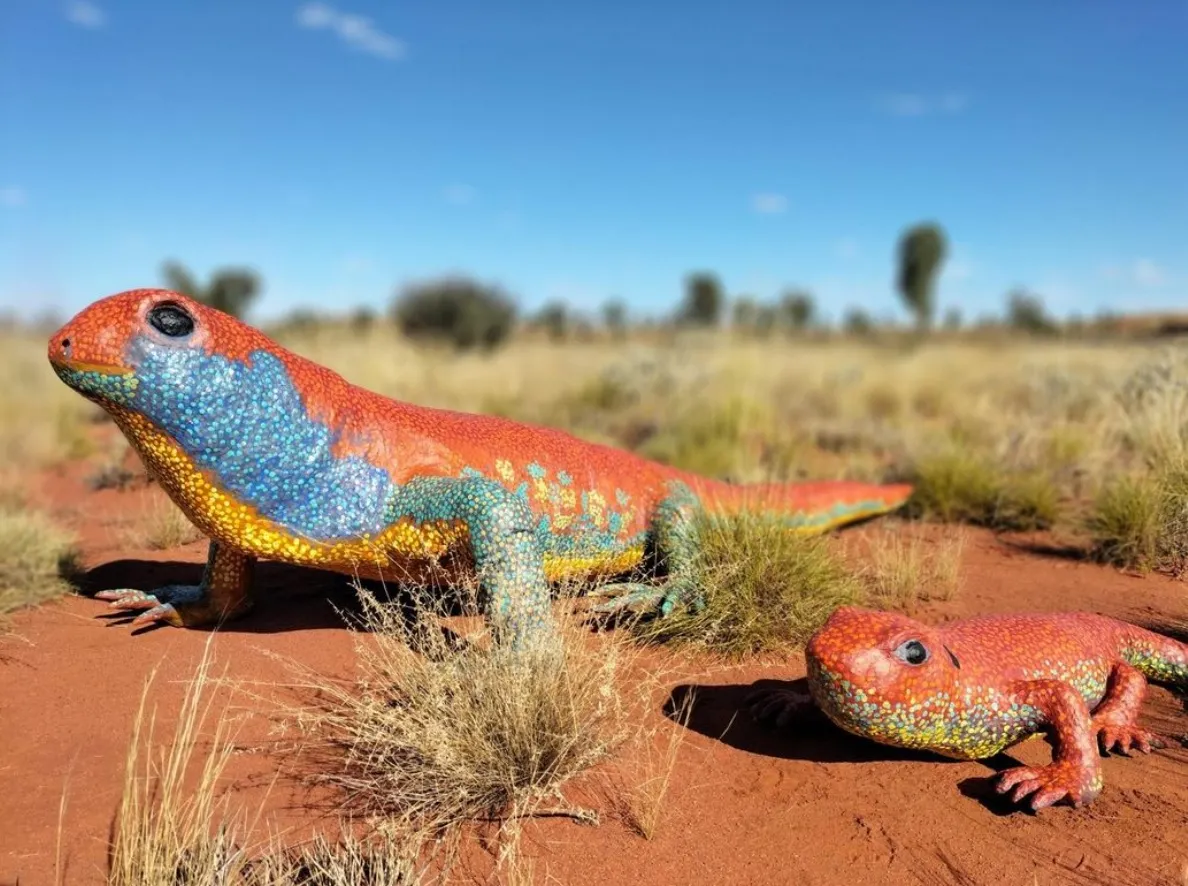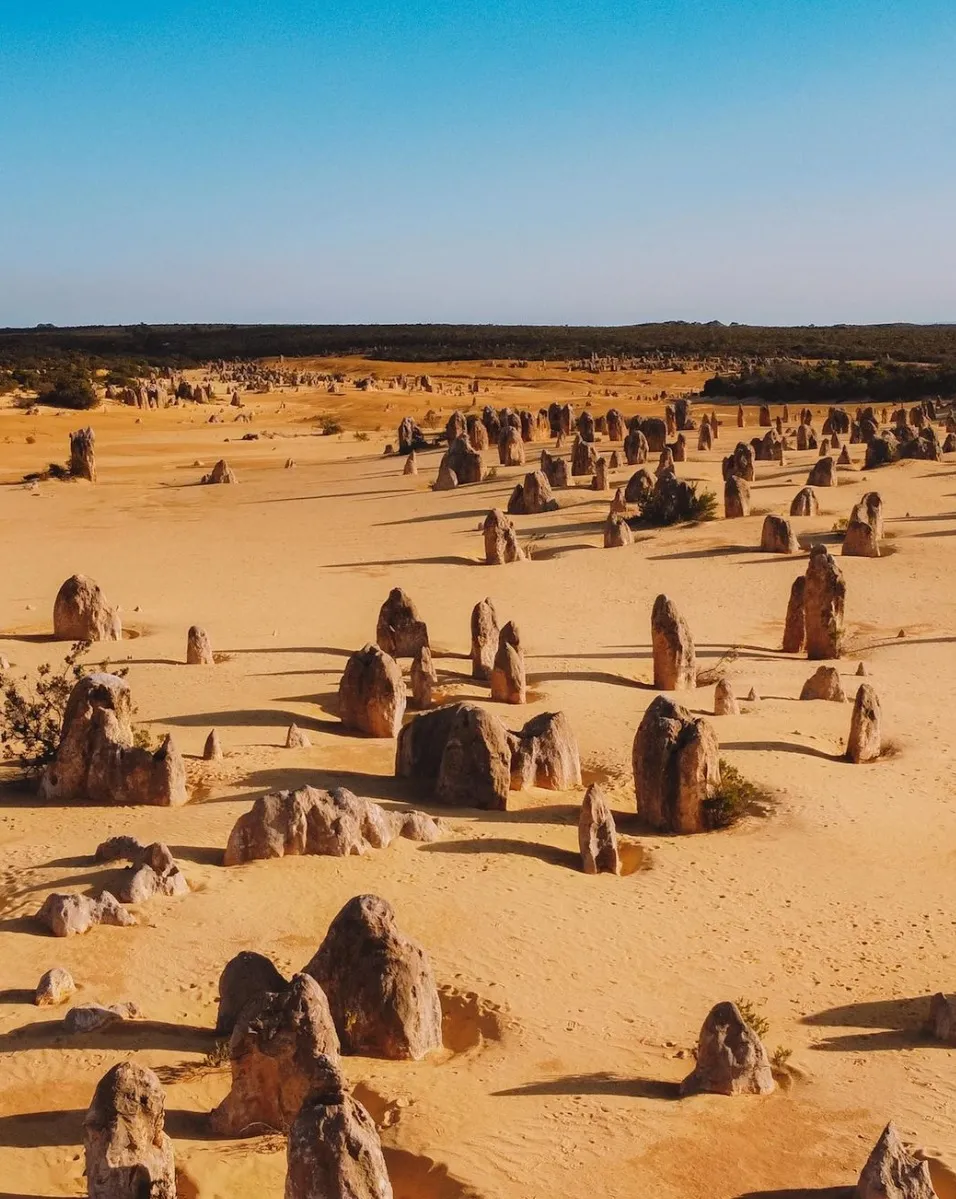Ayers Rock (Uluru) is an Aussie icon in Central Australia in the Uluru-Kata Tjuta National Park. Famous for its red colour and size, it attracts visitors from all over the world to see its natural beauty and experience the Aboriginal culture. The area is more than just a rock; it’s a living ecosystem with unique flora and fauna. This botanical guide will take you on a journey through the landscapes and explore the weird and wonderful life forms that live in these dry lands.
Desert
The desert surrounding Uluru, including Kata Tjuta (the Olgas) is a tough place for life. The extreme dryness, heat and lack of water require resilience and adaptation from both plants and animals. The desert sands and rocky outcrops of Uluru-Kata Tjuta National Park provide a home and food for many species. The Aboriginal people have lived here for thousands of years and used their traditional knowledge to survive in this harsh environment, knowing the plants that are food and medicine.
Ecological Importance of Uluru
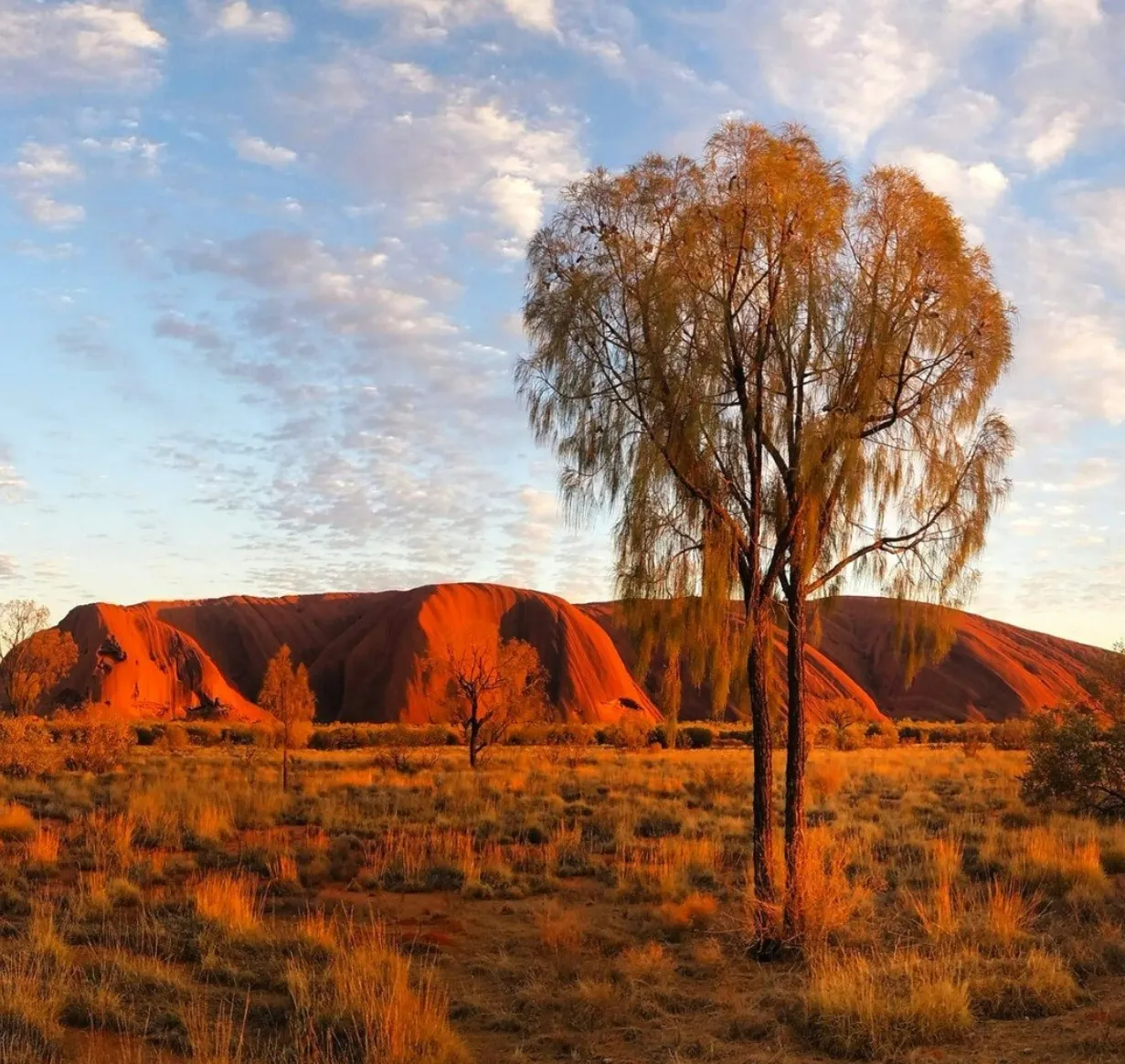
The ecological importance of Uluru and Kata Tjuta goes beyond the geology and physical rock formations. These sacred lands support plant and animal life and are part of the Central Australian ecosystem. The relationship between the land and the indigenous people, particularly the Anangu people who are the traditional owners, has shaped the cultural landscape around Uluru. The connection to sacred sites and the Anangu Tjukurpa (law) gives a deep cultural history that is expressed in rock art, oral stories and traditional practices.
Climate Effect on Flora and Fauna
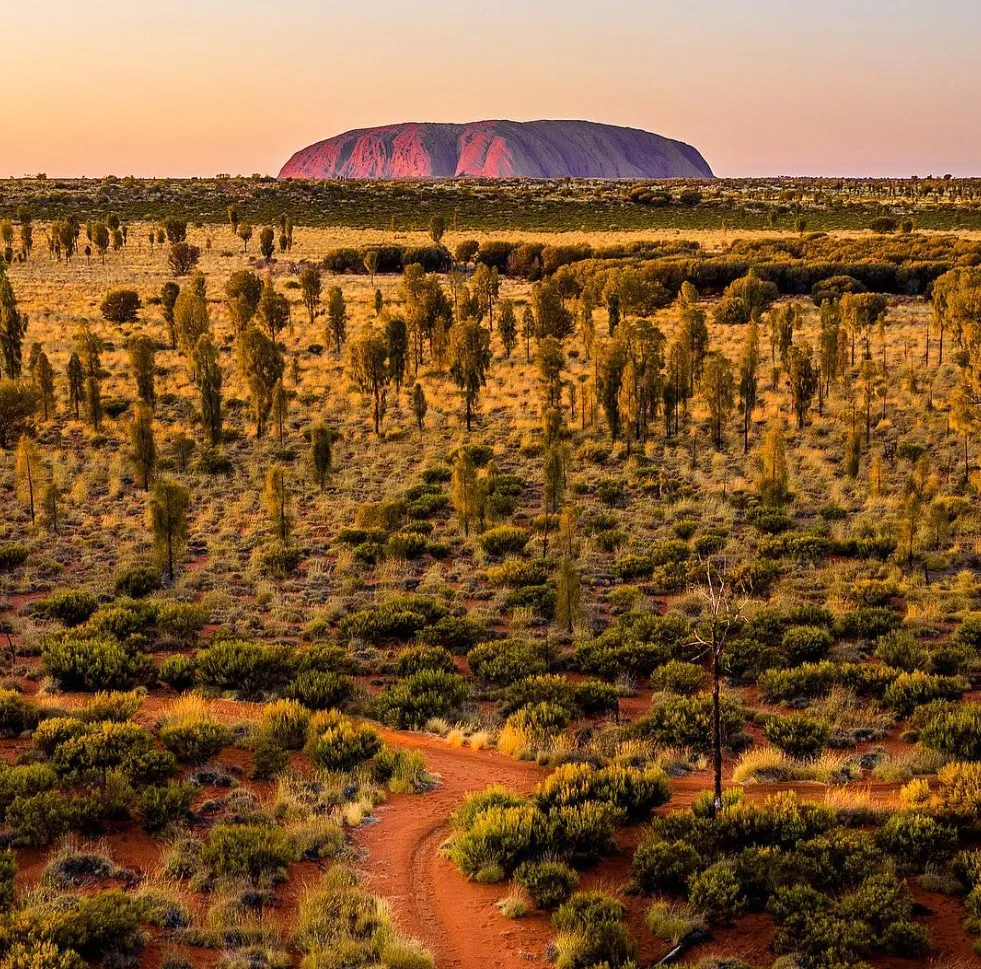
The Australian desert climate has a big impact on Uluru’s flora and fauna. Winter brings relief to many species while summer forces them to adapt in extreme ways. Plants like the desert oaks and spinifex grass have evolved to conserve water with deep root systems that tap into the underground water sources beneath the desert sands. Animals like the rufous hare-wallaby, largest lizard and the elusive marsupial mole have developed behavioural adaptations to survive in this harsh environment.
Nature & Wildlife
Exploring the nature and wildlife of Uluru-Kata Tjuta National Park reveals a complex web of life in the Australian desert. Visitors are often amazed by the native plants like blue mallee and pink flowers that bloom after rare rainfall and add colour to the dry landscape. Animals like the desert skink, brown falcon, and Australian kestrel fly over the rocky outcrops of Uluru, and the presence of small mammals like marsupial moles shows the diversity of life in these dry lands.
Reptiles and Amphibians
Reptiles
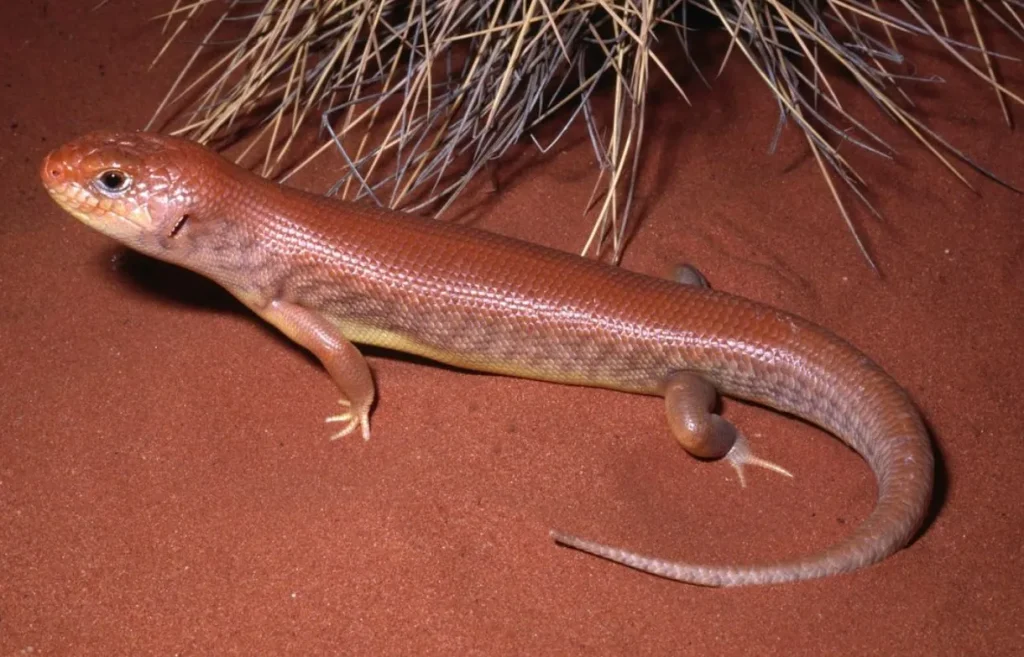
We have a huge range of reptiles here including desert skink and thorny devil. They have adapted to the heat by burrowing into the desert sands or seeking shelter in rock domes. The biggest lizard in the region is the perentie, a formidable predator that thrives in Central Australia’s arid conditions.
Frogs
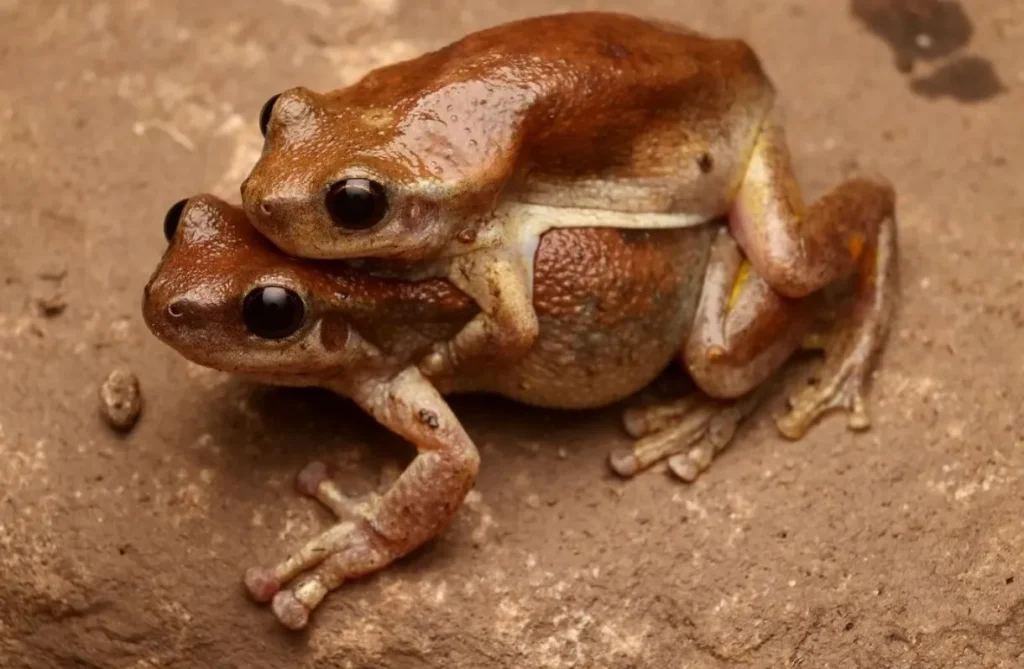
Despite the dryness, some frog species have managed to survive around Uluru. The desert tree frog is a master of water conservation, often going dormant in underground burrows during dry times and emerging after rain to breed and feed.
Plants
Punu (Trees)
Punu, or trees, are a big part of the cultural landscape of Uluru-Kata Tjuta National Park. Trees like desert oaks and mulga are adapted to the dry conditions with deep roots that can access water underground. They provide shade and are a habitat for many bird and insect species.
Puti (Shrubs)
Puti, or shrubs, like the Witchetty bush, are important here. These native plants are part of bush tucker, providing food for the local people for thousands of years. Some shrub leaves have been used for medicine, reflecting the traditional knowledge passed down through generations of the Aboriginal people.
Ukiri (Grasses)
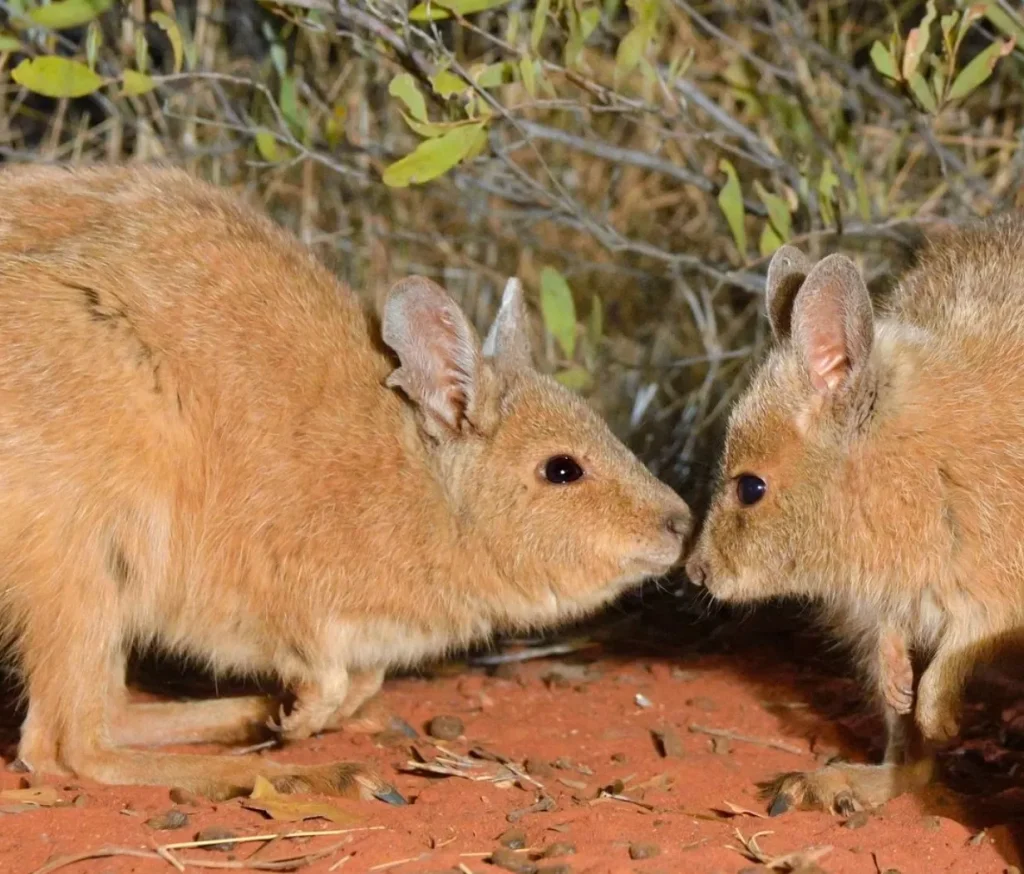
Ukiri, or grasses, like spinifex, are some of the toughest plants in the Australian desert. They help hold the soil together and are a food source for animals like the rufous hare-wallaby. During rare rain events, the desert is transformed into a lush landscape as the grasses grow rapidly, and it’s a sight to behold.
Birdlife and Insect Species
Uluru-Kata Tjuta National Park has a wide range of bird species including brown falcon and Australian kestrel. These birds of prey can be seen soaring over the rock formations of Uluru looking for small mammals and reptiles. Insects may not be as visible but are important for pollinating the plants in the region and maintaining the balance of the ecosystem.
Animals
As well as reptiles and birds, the park has a range of mammals that have adapted to the desert conditions. Species like the rufous hare-wallaby and spinifex hopping mouse have evolved incredible ways to survive without water and extreme heat. They are important to the ecosystem and help keep the desert landscapes so beautiful.
Arid Survival
Surviving in Central Australia is no picnic. Plants, animals and even humans have adapted to make the most of what little is available. The Aboriginal people have refined their traditional ways over thousands of years, mastering the ancient art of sustainability and thriving in the deserts. By understanding and respecting the land, they have kept the natural world intact through a joint management agreement with Parks Australia, combining traditional knowledge with modern conservation.
Flora and Fauna Adapts to Arid Conditions
Table below:
| Species | Adaptation Type | Description of Adaptation |
|---|---|---|
| Desert Oak | Water Conservation | Deep roots tap underground water sources |
| Spinifex Grass | Soil Stabilization | Prevents soil erosion, especially after rare rainfall |
| Rufous Hare-Wallaby | Heat Avoidance | Nocturnal to avoid the extreme daytime heat |
| Thorny Devil | Water Collection | It uses the skin to absorb moisture from the air and sand |
| Brown Falcon | Hunting Strategies | Soars high to search for prey in the open desert landscapes |
| Marsupial Mole | Underground Survival | Lives in deep burrows to escape surface heat and predators |
This table shows how life can survive in some of the toughest conditions on Earth.
Conclusion
If you want to see the amazing flora and fauna of Uluru. From the desert oak to the marsupial mole, join an organised Uluru tours. All of these species have found a way to live in the Australian desert. The Anangu people have lived here for thousands of years and know the importance of caring for these landscapes for the future.
FAQ
What grows around Uluru?
Around Uluru you’ll find desert oaks, spinifex grass and native shrubs like the Witchetty bush.
How do animals survive in the desert?
Animals in Uluru-Kata Tjuta National Park, like the rufous hare-wallaby and thorny devil, are nocturnal or have water conservation methods.
Why is Uluru important ecologically?
Uluru is important ecologically because of its diverse flora and fauna and its cultural significance for the Anangu people.
Are there frogs in a dry environment?
Yes, species like the desert tree frog burrow underground during dry times and emerge after rain.
Why is Uluru important ecologically?
Uluru is a microhabitat for many species in the Australian desert.
